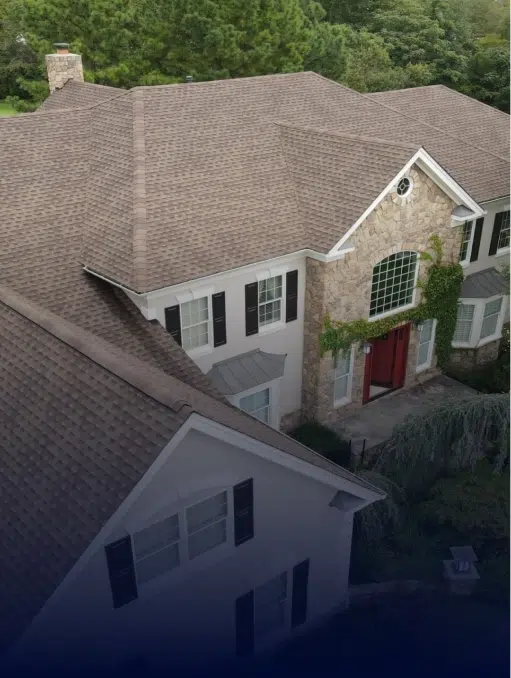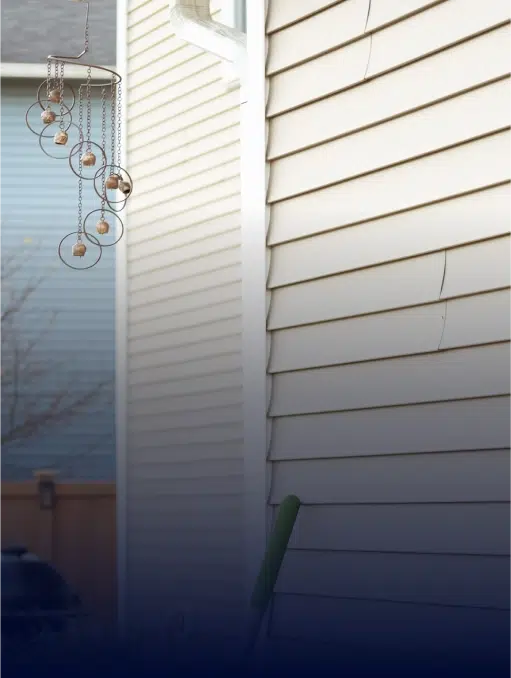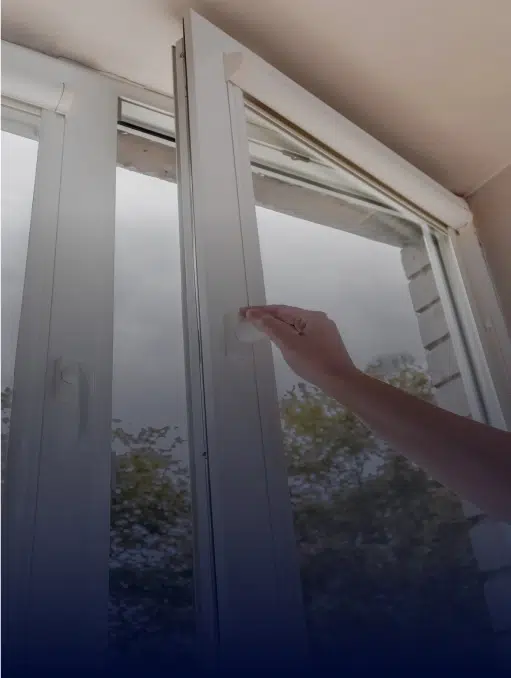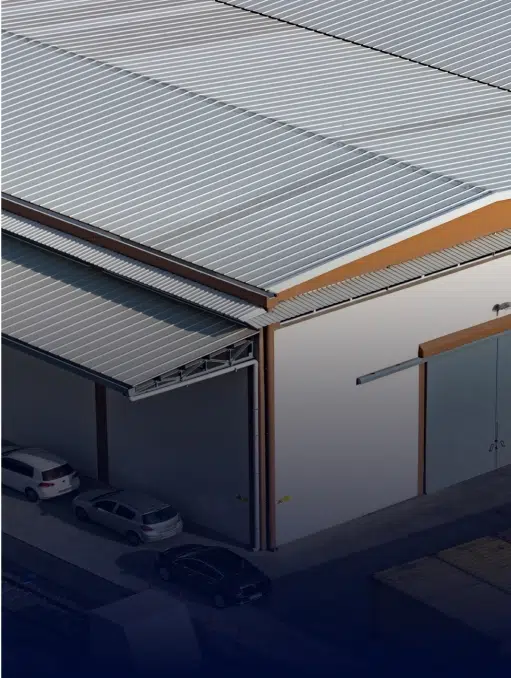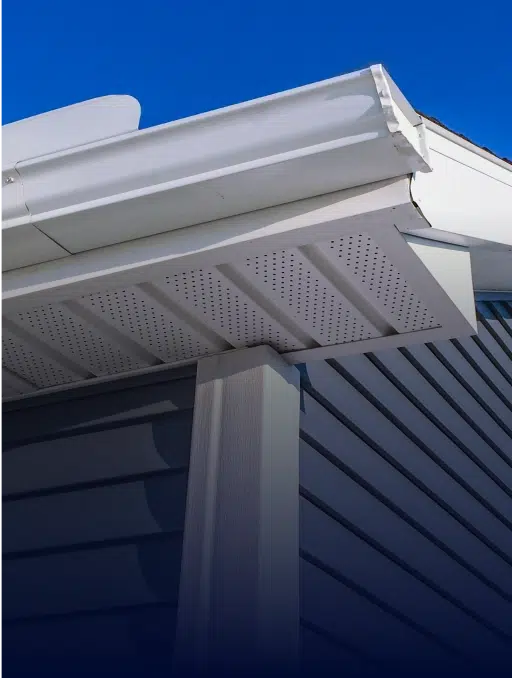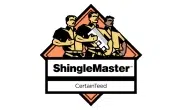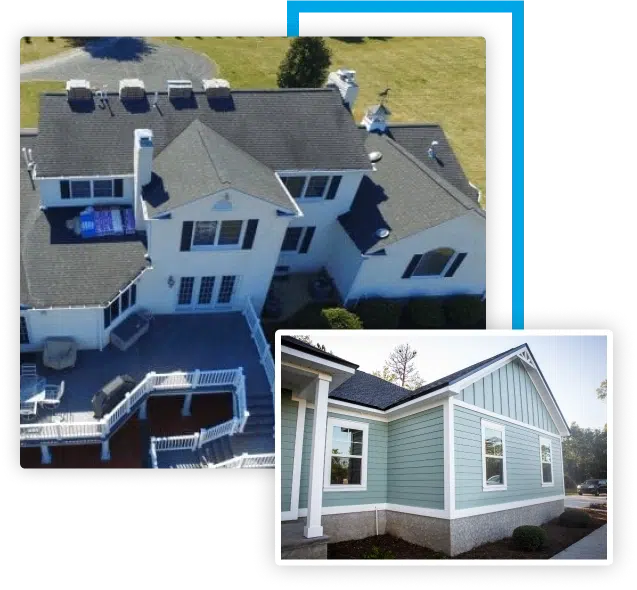Roof Types, Materials & Designs
Whether you are installing a new roof on a new house or replacing an older roof that is no longer doing its job, there are many choices in terms of the different roof types, materials and designs. Some of the different options include asphalt shingles, tile roofing, metal roofing, and more.
Factors that determine what type of roofing is best include the slope and complexity of the roof, as well as the style of the house, local climate, and the cost of different roofing options. Keep reading to learn more about these different types of roofs (with pictures) to get an idea of what roof types, materials, and designs are the most common.
Once you know what you’re looking for, don’t hesitate to call Colonial Contracting for any of your roofing needs. We provide roof repair, replacements, new installations, and even offer free inspections — contact us today to get started!
Different Types of Roof Materials
The material used in the construction of a roof is an important decision. The type of material chosen will determine how long it lasts, its durability, and cost to install or replace. There are many materials that can be used for roofs, each with its own pros and cons. Deciding on the best material for your roof depends mostly on the climate and weather where you live.
Asphalt & Asphalt Fiberglass Shingles
Manufacturers have created asphalt shingles that imitate the look of wood and slate.
Although these terms are used interchangeably, most roof shingles used today are technically known as asphalt fiberglass shingles. The fiberglass mat embedded in the shingle provides an extra measure of strength and tear resistance.
These shingles are the most popular type of roofing for sloped roofs because they’re affordable, easy to install, durable, and available in a wide variety of colors. Premium grades of “laminated” asphalt fiberglass shingles are typically warrantied for 50 years.
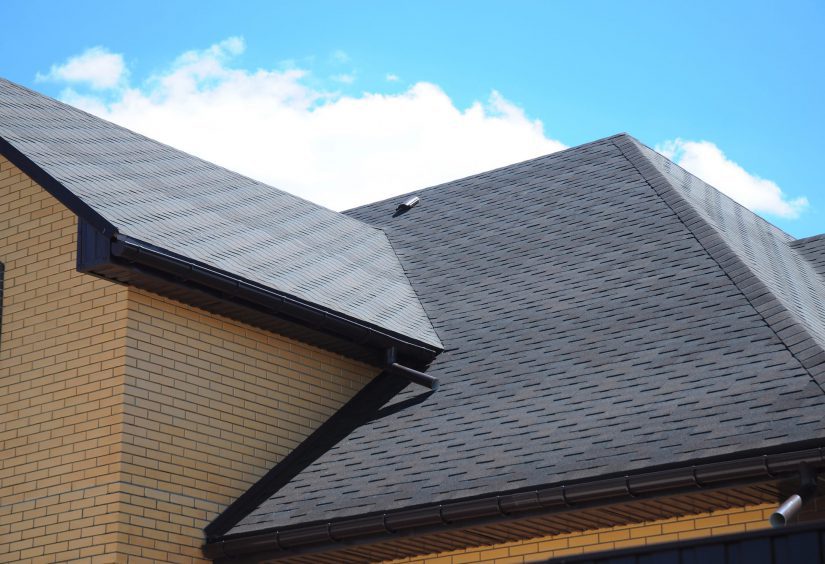
Wood Shingles & Shakes
Wood shingles and shake roofs are beautiful, but expect more maintenance compared to an asphalt roof.
Wood shingles and shakes usually come from red cedar, Alaskan yellow cedar, or Eastern white cedar. These evergreens produce wood that is dimensionally stable and naturally resistant to rot and insect attack.
The main difference between shingles and shakes is that shakes are split from the log and have a rough, random texture; shingles have a smoother surface because they’re sawed. A wood roof is expensive and requires extra skill to install. That’s why most people avoid installing this type of roof unless they’re dealing with a historic house.
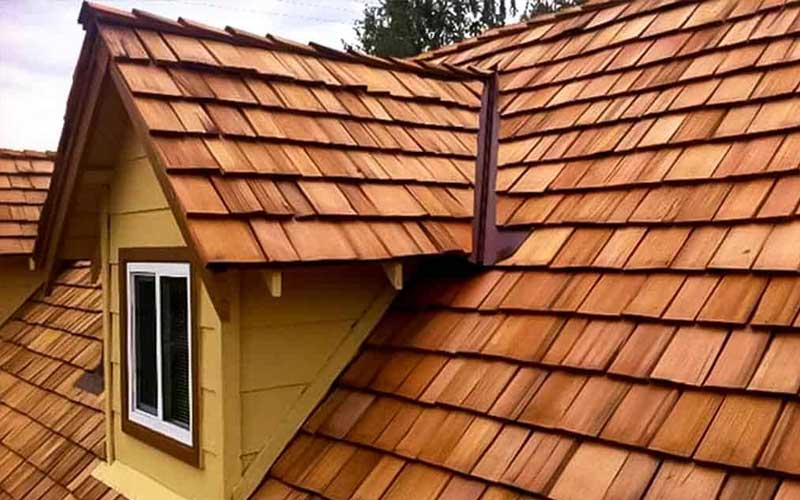
Clay & Concrete Tile Roofing
Tile roofs are most closely associated with Spanish-style houses, but clay and concrete roofing products can be used with other architectural styles as well.
Clay and concrete tile roofing are often grouped together because they are both masonry roofing materials with similar installation requirements. Whether clay or concrete is used as the molding material, the end result is a roofing tile designed to overlap and/or interlock with adjacent tiles.
Clay and concrete tile roofs are well-suited for hot climates that don’t have high rainfall; they shouldn’t be installed in areas where heavy, regular rains and freezing temperatures are common.
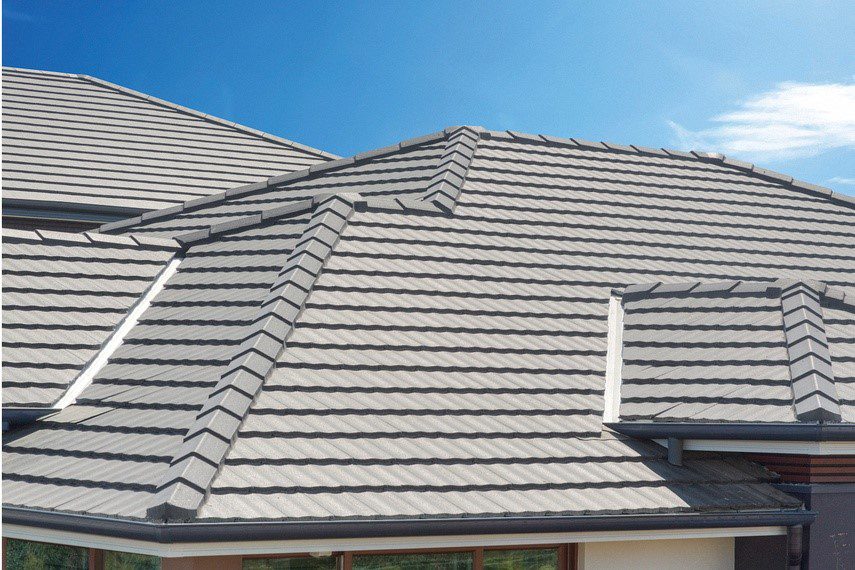
Rubber Roofing
Rubber membrane roofs are often used to seal flat roofs over garages and porches. Credit: EPDM Roofing Association
Although rubber has been around for a long time, rubber roofing is fairly new. That’s because it’s taken a great deal of chemistry research to develop a thin rubber membrane with the durability and waterproof qualities required of a roofing material. Rubber roofing is sometimes referred to as EPDM roofing. EPDM is an abbreviation for ethylene propylene diene monomer, the highly engineered compound used to manufacture most types of rubber roofing. Rubber roofing is used primarily on flat or low-slop roofs in both commercial and residential buildings.
A “membrane roof” usually refers to a rubber or EPDM roof that is installed in a flat roof or a low-slope application. Many commercial buildings have membrane roofs; few houses do.
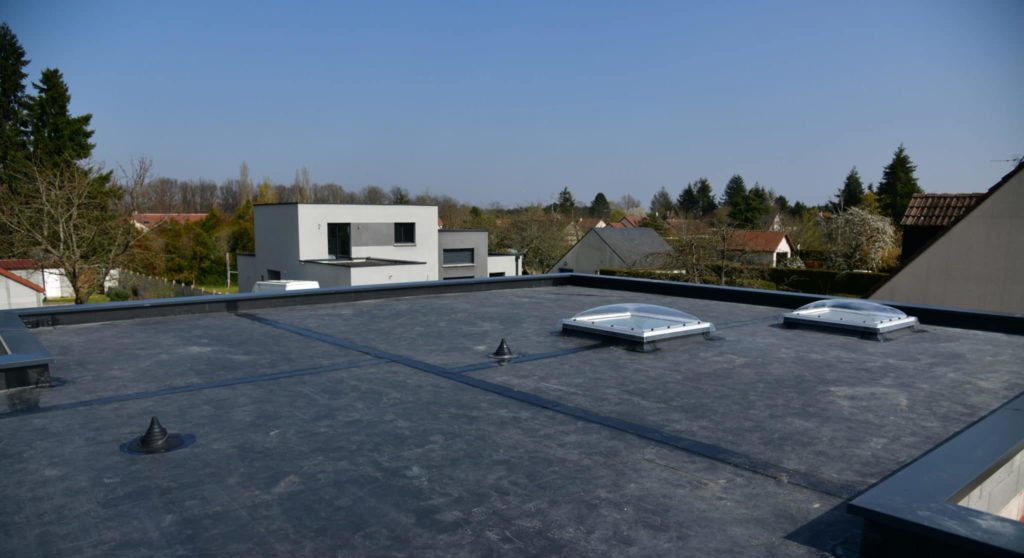
Composite Roofing
Composite shingles carry some of the industry’s longest warranties.
The term “composite” can apply to several different types of roofing, since it simply implies that a number of different materials are used in the manufacturing process. Today one of the most common types of composite roofing is a simulated roofing slate that is made from resins and from rubber compounds extracted from reclaimed tires. This slate lookalike offers excellent longevity and a lower installation price while providing the appearance of a traditional slate roof.
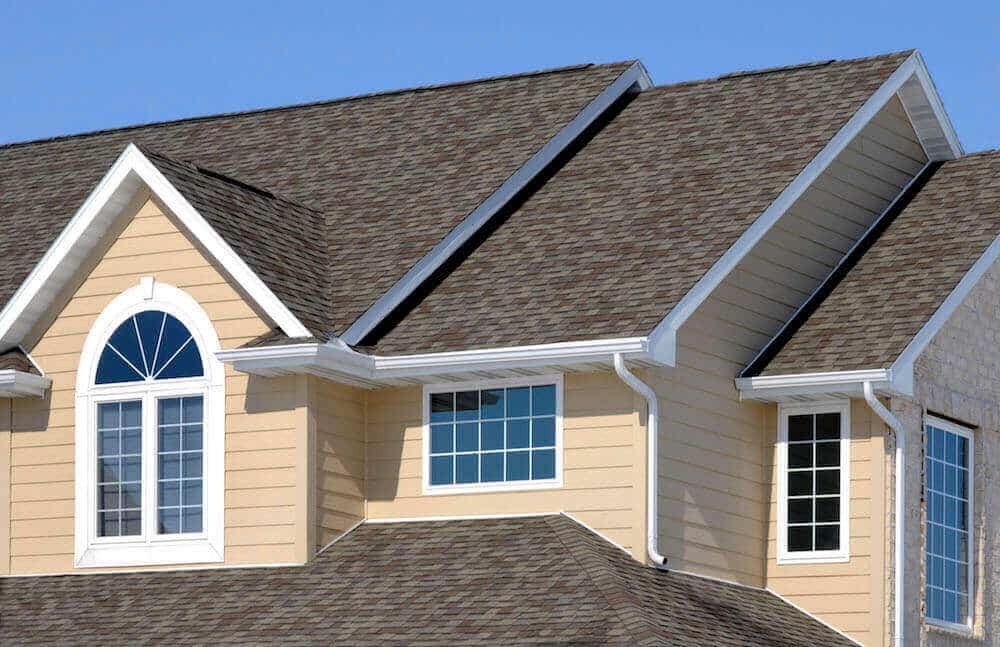
Metal Roofing
Metal roofing styles range from standing seam styles to shingle lookalikes.
Metal roofing is a huge category that includes factory-formed and finished roofing panels as well as roofing panels that are cut and formed at the building site. Metal roofing has a long history of use on houses, farm structures, and commercial buildings. Its main limitation is that it’s not suitable for use on complex or curved roofs. Like corrugated roofing, many metal roofs can be installed directly over a worn-out older roof without tearing off the old roofing material.
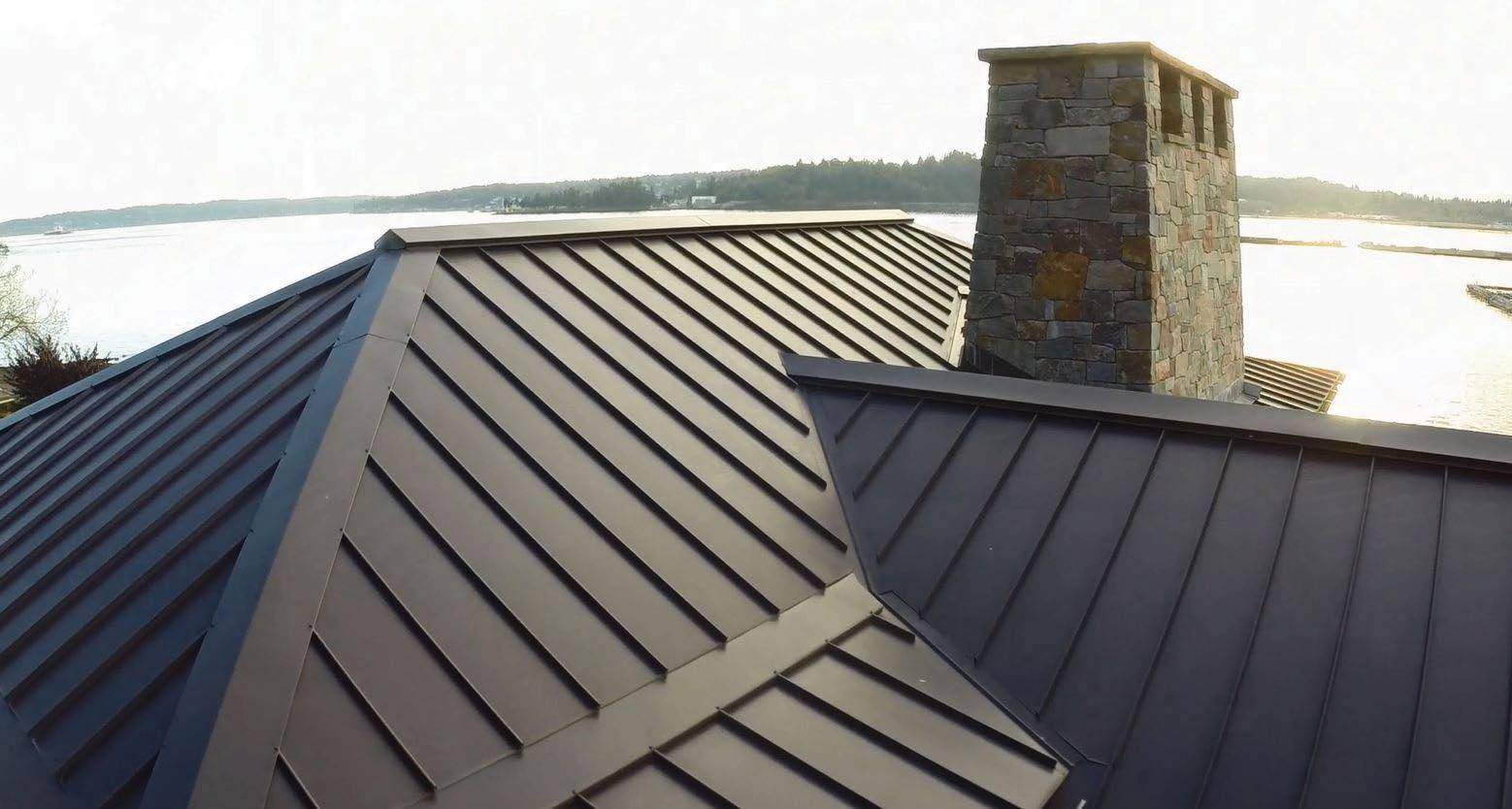
Corrugated Roofing
Corrugated metal roofing panels offer a great solution for sheds and other garden structures.
Corrugated roofing is easy to spot because of its distinctive form; it’s a thin sheet that contains a symmetrical pattern of alternating ridges and grooves. Most corrugated roofing comes in sheet form, but large shingles are available from some manufacturers. This type of roofing can be made from steel, polycarbonate, or an asphalt-fiberglass composite. It’s more appropriate for agricultural and commercial buildings and for small sheds than it is for houses. One important advantage with corrugated roofing is that it can be fastened down over an existing shingled roof without removing the original roofing material.
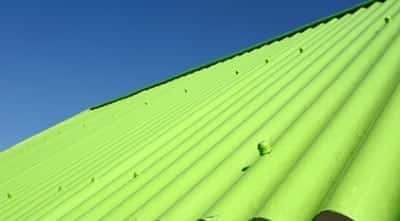
Flat Roofing
Because any flat roof is inherently prone to leaking, it’s important to hire skilled installers whenever flat roofing is repaired, replaced or installed.
This roofing category is often grouped with “low-slope” roofing because many of the roofing treatments are the same. The most common flat-roofing materials used on residential and commercial buildings today include single-membrane systems like EPDM or rubber roofing, thermo-polyolefin (TPO) roofing, and PVC roofing. Metal roofing is sometimes used on low-slope roofs but not on flat roofs.
High-density Spray Polyurethane Foam (SPF) roofing is a system that coats the roof with a continuous layer of foam insulation that can also serve as the finished roof surface (as long as a protective coating is applied over the foam).
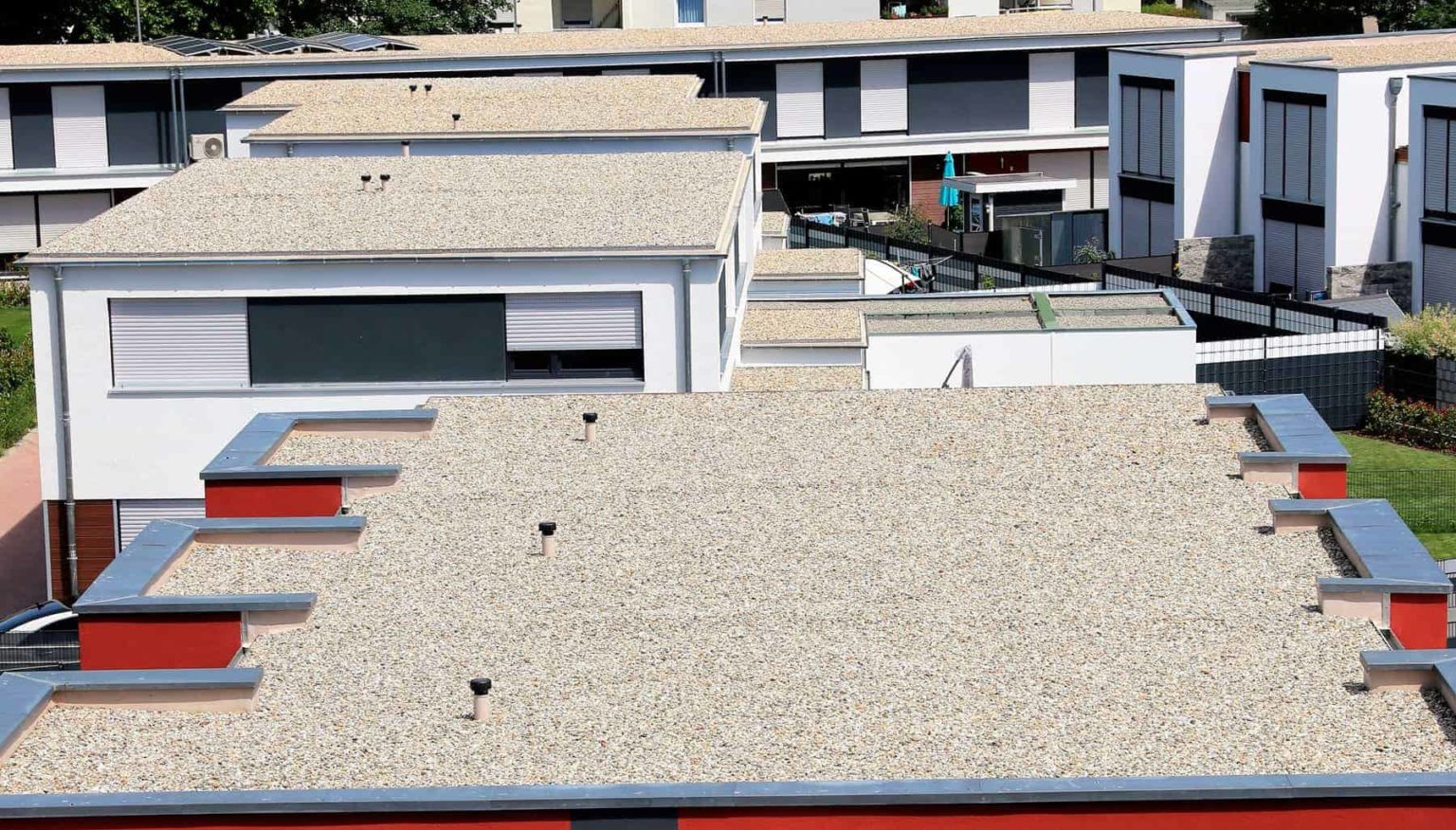
Slate Roofing
Slate is king of roofing materials, but finding someone who can install or repair it may be a challenge.
Most roofing slate used in the U.S. comes from slate deposits in Vermont and Pennsylvania.
Expensive to manufacture and tricky to install, this “stone” roof is among the most expensive available. When properly installed and maintained, a slate roof can last for 75 years or more.
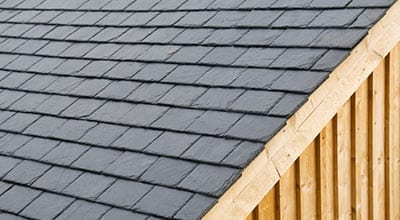
Solar Shingles & Solar Roofs
Solar shingles are far less obtrusive than bolt-on modules, but they are less efficient, too. Credit: Courtesy of The DOW Chemical Company
Solar shingles and solar roofing are examples of new “thin-film” photovoltaic technology referred to as “building-integrated photovoltaics,” or BIPV. Solar shingles are designed in the standard size and shape of asphalt shingles so that they can be unobtrusively integrated into an asphalt shingle roof.
Solar roofing, or BIPV, can take the form of solar shingles or roofing tiles that contain solar cells.
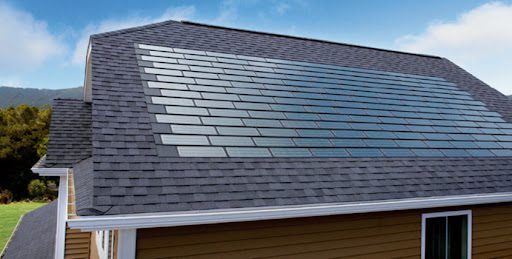
Energy-Efficient Shingles
ENERGY STAR® qualified roof shingles can lower roof surface temperature by as much as 50 degrees Fahrenheit.
ENERGY STAR® rated shingles provide all the protection you expect for your roof while also helping increase the energy efficiency of your home. A cool roof is designed to reflect solar energy, decreasing the amount of heat that’s transferred to your home’s interior and the amount of air conditioning needed to keep it comfortable.
When installed properly, energy-efficient shingles can offer savings on energy bills. Reflective roof products can also reduce UV damage and extend the life of the roof. Many cool roof products qualify for energy rebates and incentives.
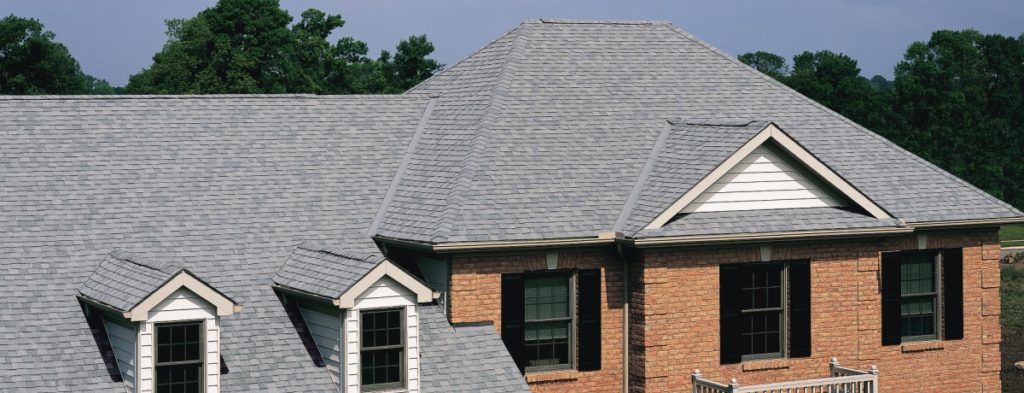
Different Types of Roof Designs
Some roof designs, like a gable roof, are more common than the others such as a mansard roof for example. When building a house, one of the things you have to decide is what type of roof design will suit it. A roof design will not just depend on your preference but also on the place’s temperature and weather condition. There are hundreds of types of roof designs that exist today for example:
Gable Roof
This type of roof is one of the most common roof designs. This roof type has two slopes on each side and meets at its peak. Gable roofs can be steep or shallow depending on what’s required for the building. Its advantages include being easier to build and maintain. On the other end, it is not as energy efficient as others. In addition to classic gable roofs, there are other variations that as just as popular, including Dutch gable roof, cross gable roof, and front gable roof.
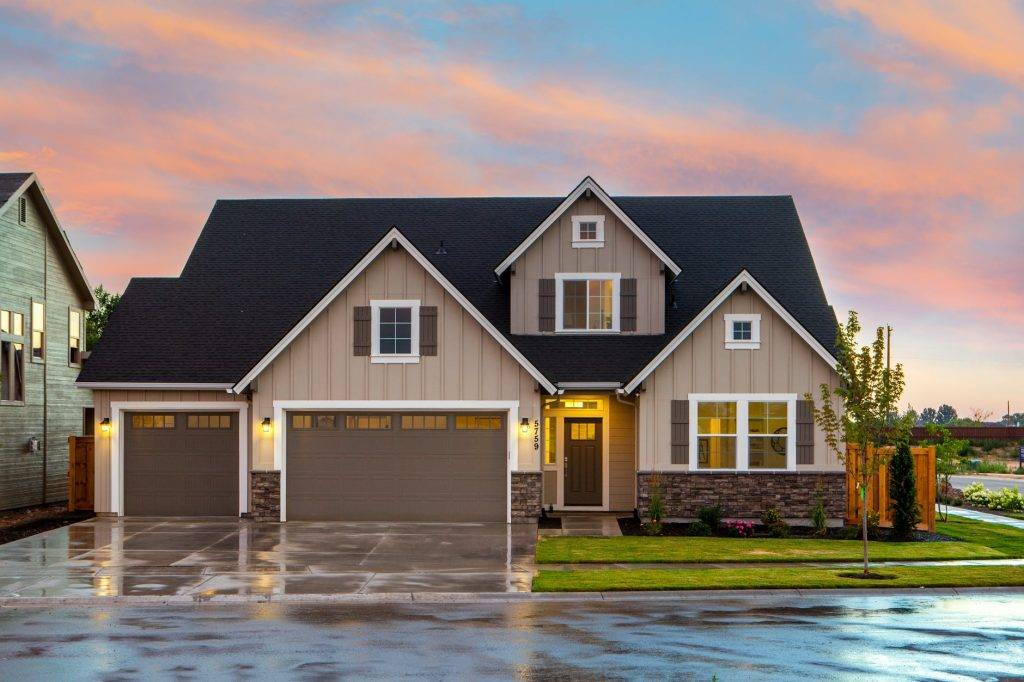
Gambrel Roof
A type of roof where it has two slopes on each side like a gable roof, but instead of meeting at the top, its peak is placed in the middle. This makes it look like an inverted gable roof. Both steep or shallow gambrel roofs have more headroom than a gable roof, which makes it suitable for areas that experience snowfall. Gambrel roof is also very common for barns.
Its advantages include having more headroom and being less likely to break than a gable roof because of its steeper walls. On the other hand, it is not as easy to build or maintain as gable roofs.
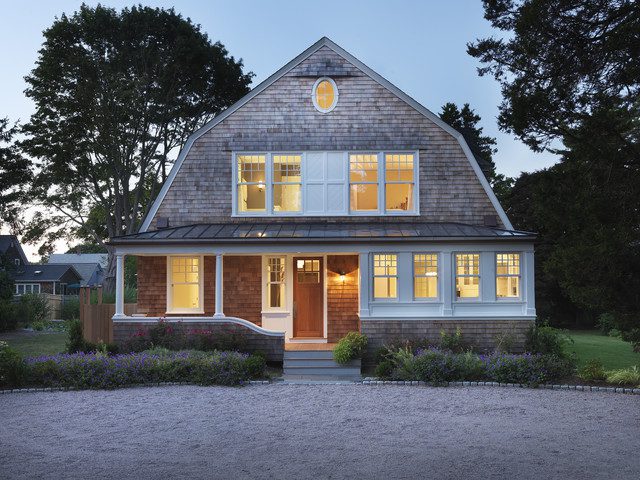
Mansard Roof
Mansard roofs are also known as french roofs, this type of roof has two slopes on each side and ends at its peak in the middle. This is another type of roof that is most suitable for areas with a lot of snow. It will have less headroom than gambrel roofs but more than gable roofs. The advantage of this type of roof are its steep walls, which make it look more massive and can also be used as space savers.
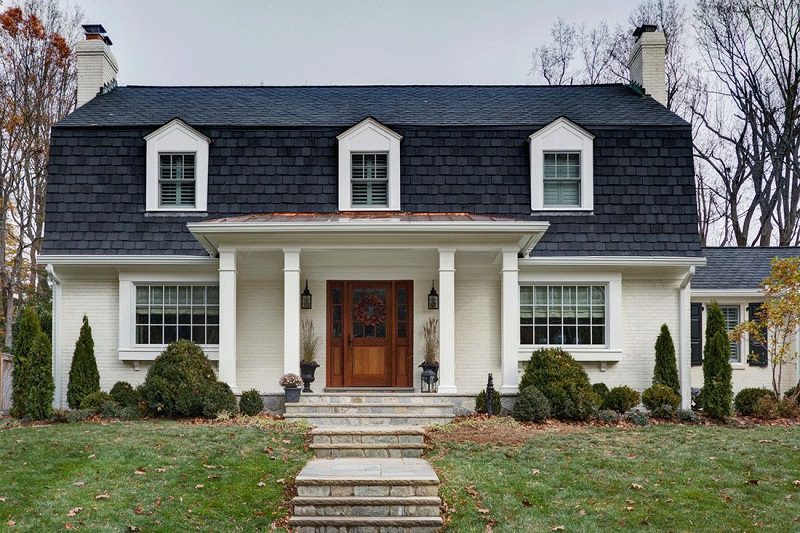
Hip Roof
A traditional hip roof is designed with four sloping sides that meet at the peak. Like with the gambrel roof, it also has more headroom than a gable roof but less compared to a mansard roof. But even if this type of roof is bigger than gable roofs, it requires fewer materials because its walls are not as steep as those of the aforementioned roofs. Hip roofs are known for their flexibility in design and ease when building.
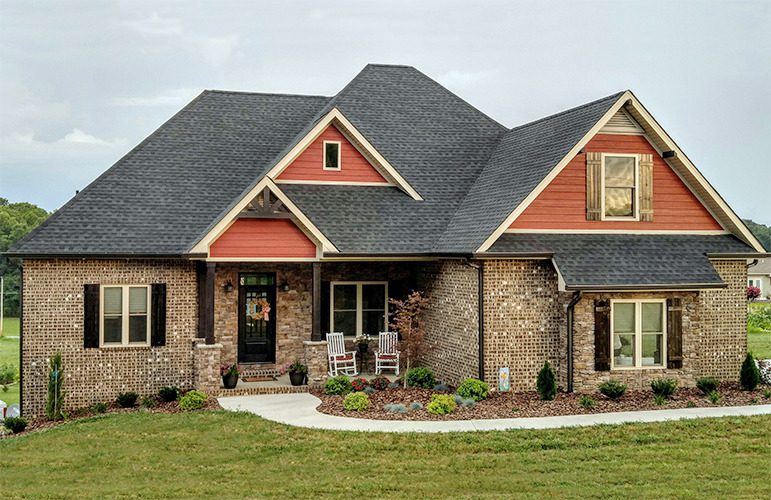
Shed Roof
This is a type of roof design where a single slope goes from the side to its peak. It has one horizontal line and slopes downward on all sides. This is another popular roofing style for barns but has lately become a common design for modern homes. Although shed roofs are simple to build, they are not ideal for bigger homes.
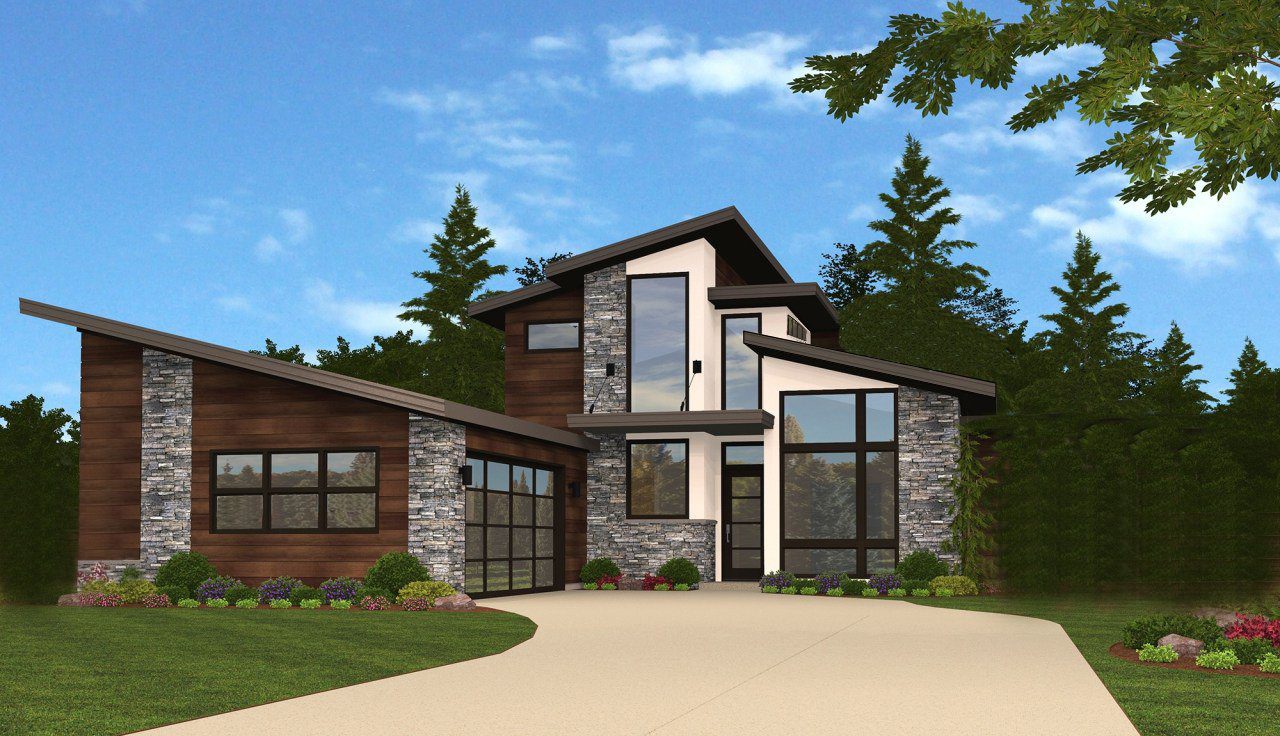
Colonial Contracting Works With All Roof Types, Materials & Styles
CCI is a full-service roofing contractor, specializing in everything from new roof installations, roof repairs and maintenance to total roof replacements. It doesn’t matter what type of roofing system we are working with, we always ensure quality workmanship, excellent customer service, and a long-lasting, durable roof over your head.
Our roofers have been providing top-quality services throughout Northern Virginia for over 25 years, and we are ready to work with any of the types of roofs highlighted above. If you have a specific roof type or roof material in mind for your new roof or need emergency roof repairs, call us at 703-754-9551 today to schedule an appointment for a free roofing estimate!

